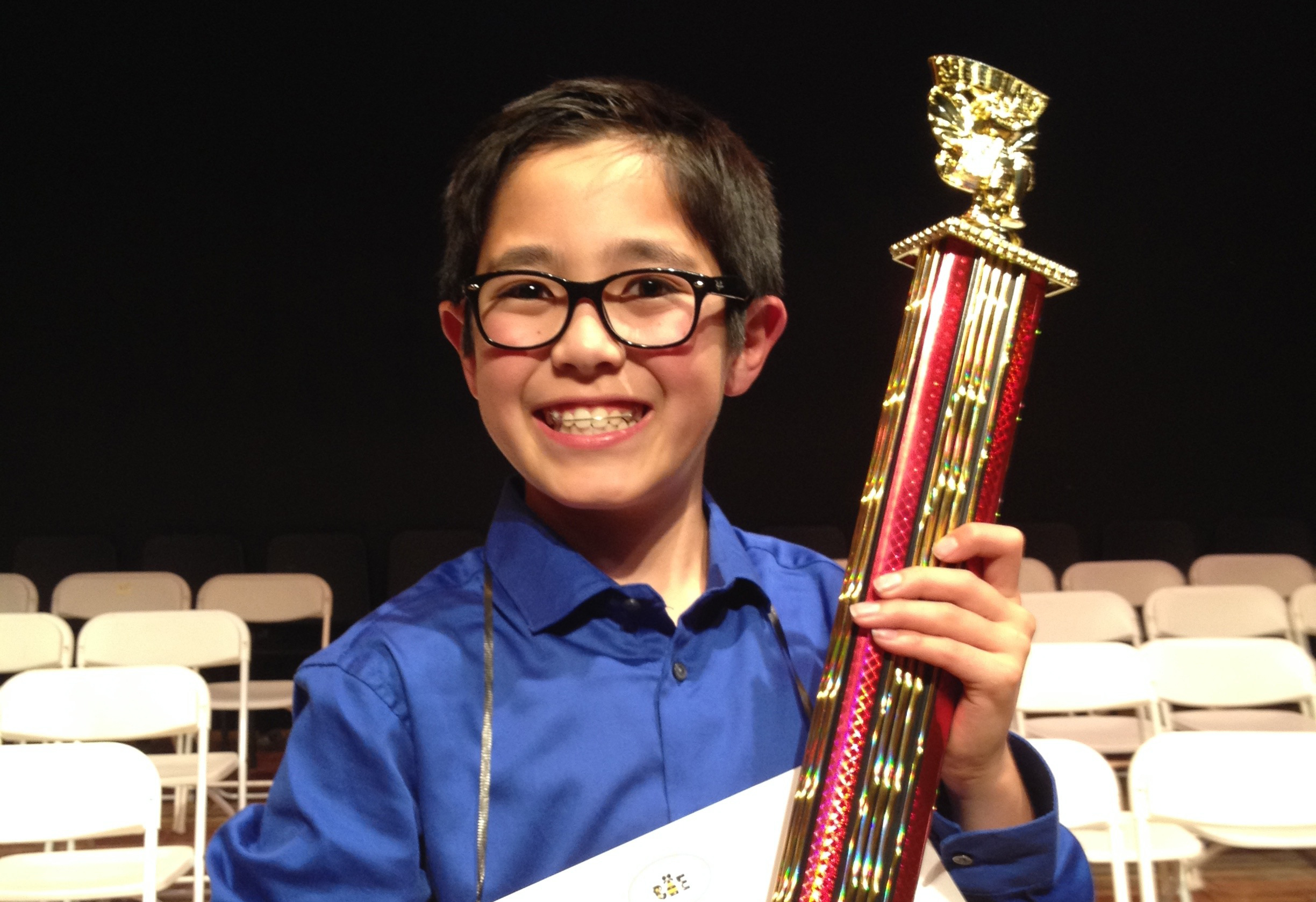Re “Culver High Ban Does Not Go Far Enough. Punish Churchgoers”
While Paul Ehrlich’s response to the circumstances confronting my daughter in her effort to overturn her ban from soccer at Culver City High School was written with tongue firmly planted in cheek, he has hit the frightening policy nail on the head.
The issue in this instance is not one of commitment to competition or loyalty to a school team. Rather, it is whether school officials and athletic coaches in particular, should have the blanket authority to determine which extra-curricular activities are incompatible with competition sports and which are not.
At the present time, there is no bright line.
At Culver, individual coaches have unfettered discretion to decide which non-school activities they will allow and which they won’t. This means there are no guidelines for students or their parents to determine what extra-curricular activities will put their sports careers in jeopardy.
Club sports present a case in point.
In addition to competing for their teams, many athletes at Culver participate in high level private club programs oriented to their specific sport. Most of these club teams compete year-round.
Under the rules outlined by the California Interscholastic Federation (C.I.F.) – the governing body for competition team sports at Culver and other area schools – athletes are prohibited from competing with their club teams during the high school season for their sport. However, the C.I.F. still permits these students to train simultaneously with their club teams during the high school season.
The problem is that students who continue to practice with their club programs also run the risk of injuries that may prevent them from competing for their high school teams. In some instances, as a result of injuries suffered during club training, Culver teams have lost players for an entire season.
When it comes to possible season-ending injuries from club participation, many Culver coaches have looked the other way. The rationale is that the private training provided by club programs will bring better quality athletes to their teams, thereby increasing their chances of having a winning season. Consequently, most coaches not only welcome, they frequently seek out these players.
While Culver coaches and their teams may benefit from players who are permitted to play club, this is a glaring inconsistency that underscores the problem with granting coaches arbitrary authority to decide which extra-curricular activities should be permitted.
Unless the authority is more carefully defined, it is hard to know where coaches will draw the line.
For example, if a student approaches her coach at the beginning of the season to inform him that she anticipates missing specific games because of previously scheduled college interviews, do we want our coaches to be permitted to ban such student from team play? For students like my daughter, who are planning to pursue a higher education beyond high school, conflicts like these are real and ever present.
Mr. Ehrlich’s fears may seem implausible, but his analysis of the problem is tragically true. If our coaches continue to have the unchecked right to make value determinations such as these, it is not too far-fetched to imagine coaching decisions that may one day force a child to choose between non-school religious activities and a continued commitment to her team.
Questioning my daughter’s ongoing commitment to her team is misplaced and irrelevant. She has made plenty of sacrifices in order to play. The larger issue is our collective commitment to educational opportunities for our children, and whether we are willing to allow our coaches to make subjective determinations that ultimately may be inconsistent with our greater educational goals.
Mr. Cohn may be contacted at john@globewestfinancial.com







